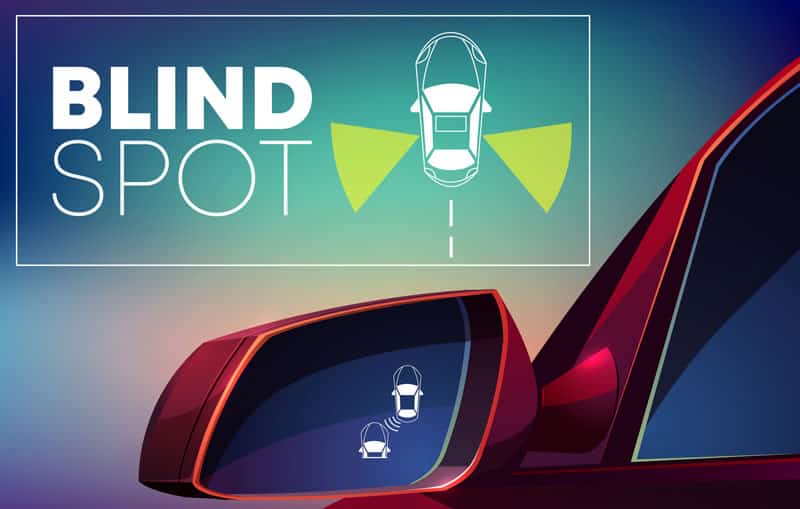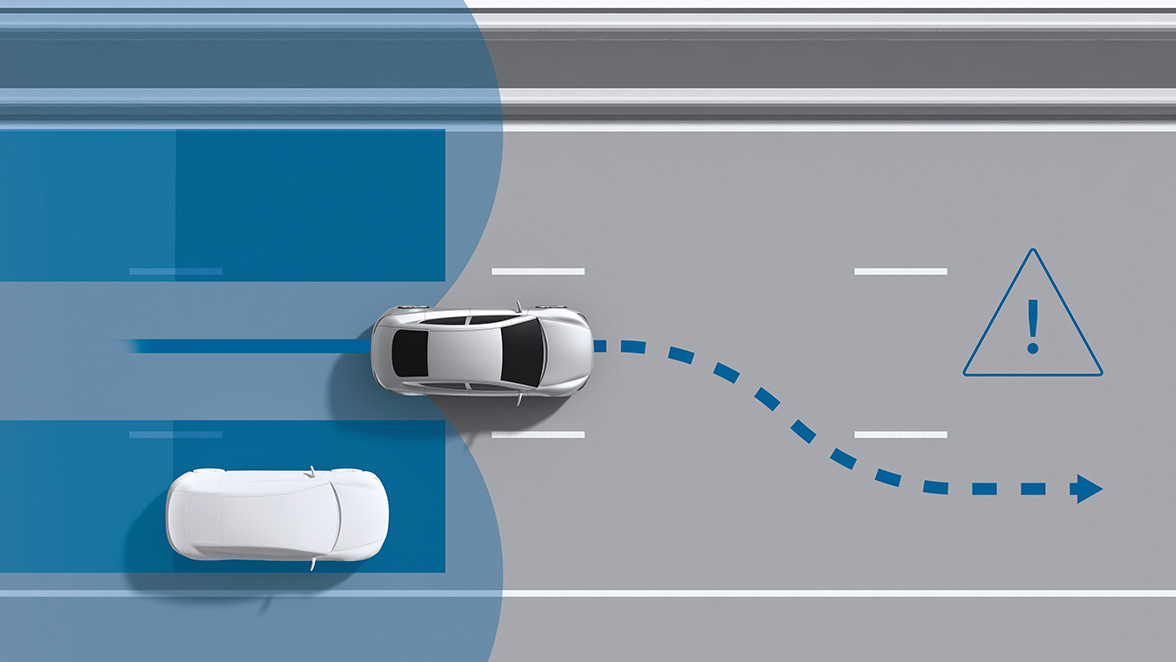Understanding Blind Spots: How to Eliminate Hidden Dangers on the Road

Blind spots are one of the most significant yet often overlooked hazards on the road. These are areas around a vehicle that cannot be directly observed by the driver, even with the use of mirrors. Blind spots can lead to accidents, especially during lane changes, merging, or reversing. Understanding blind spots and learning how to eliminate their dangers is essential for safe driving. This article delves into the science of blind spots, their risks, and practical strategies to minimize their impact.
What Are Blind Spots?
Blind spots are areas around a vehicle that are not visible to the driver through the rearview or side mirrors. They occur due to the design of the vehicle, the positioning of mirrors, and the driver’s line of sight. Common blind spots include:
- Rear Quarter Blind Spots: Areas to the left and right rear of the vehicle, often obscured by the vehicle’s structure.
- A-Pillar Blind Spots: Areas blocked by the front pillars of the car, which can hide pedestrians, cyclists, or other vehicles.
- Rear Blind Spot: The area directly behind the vehicle, especially problematic in larger vehicles like trucks and SUVs.

Why Are Blind Spots Dangerous?
Blind spots pose significant risks because they can hide other vehicles, pedestrians, or obstacles, leading to:
- Lane Change Accidents: Failing to check blind spots before changing lanes can result in collisions with vehicles in adjacent lanes.
- Merging Accidents: Blind spots can cause accidents when merging onto highways or changing lanes in heavy traffic.
- Pedestrian and Cyclist Collisions: Blind spots can obscure vulnerable road users, especially in urban areas.
- Reversing Accidents: Rear blind spots are a common cause of collisions when reversing out of driveways or parking spaces.
How to Identify Your Vehicle’s Blind Spots
To identify your vehicle’s blind spots:
- Adjust Your Mirrors: Properly adjust your rearview and side mirrors to minimize blind spots. The side mirrors should show the lane next to you, not the side of your car.
- Perform a Shoulder Check: Turn your head to look over your shoulder before changing lanes or merging. This helps you see into areas that mirrors cannot cover.
- Use Technology: Many modern vehicles are equipped with blind-spot monitoring systems that alert you to vehicles in your blind spots.
Strategies to Eliminate Blind Spot Dangers
1. Proper Mirror Adjustment
Adjusting your mirrors correctly can significantly reduce blind spots:
- Rearview Mirror: Position it to show the entire rear window.
- Side Mirrors: Angle them outward so that they just overlap with the rearview mirror’s field of view. This creates a seamless transition between mirrors.

2. Perform Shoulder Checks
Always perform a shoulder check before changing lanes, merging, or reversing. This quick glance helps you see into areas that mirrors cannot cover.
3. Use Blind-Spot Monitoring Systems
Many modern vehicles come equipped with blind-spot monitoring systems that use sensors to detect vehicles in your blind spots. These systems provide visual or audible alerts to warn you of potential hazards.
4. Install Additional Mirrors
Consider adding convex or wide-angle mirrors to your side mirrors. These provide a broader field of view, reducing blind spots.
5. Be Aware of Larger Vehicles
Larger vehicles like trucks, buses, and SUVs have larger blind spots. Avoid lingering in these areas, and give them plenty of space on the road.
6. Use Backup Cameras
Backup cameras are invaluable for eliminating rear blind spots, especially when reversing. They provide a clear view of the area behind your vehicle.
7. Stay Out of Other Drivers’ Blind Spots
Be mindful of other drivers’ blind spots. Avoid driving alongside other vehicles for extended periods, especially large trucks.
Tips for Safe Driving Around Blind Spots
- Stay Vigilant: Always be aware of your surroundings and anticipate potential hazards.
- Signal Early: Use your turn signals well in advance to alert other drivers of your intentions.
- Check Multiple Times: Before changing lanes or merging, check your mirrors and perform a shoulder check multiple times.
- Avoid Distractions: Distracted driving increases the likelihood of missing vehicles or obstacles in your blind spots.
- Educate Passengers: Teach passengers, especially new drivers, about the importance of checking blind spots.
The Role of Technology in Reducing Blind Spots
Advancements in automotive technology have made significant strides in reducing blind spots:
- Blind-Spot Monitoring (BSM): Uses sensors to detect vehicles in blind spots and alerts the driver.
- Rear Cross-Traffic Alert (RCTA): Warns drivers of approaching vehicles or pedestrians when reversing.
- 360-Degree Camera Systems: Provide a bird’s-eye view of the vehicle, eliminating blind spots.
- Automatic Emergency Braking (AEB): Can detect obstacles in blind spots and apply the brakes if a collision is imminent.
Blind spots are an inherent part of driving, but understanding and addressing them can significantly reduce the risk of accidents. By properly adjusting mirrors, performing shoulder checks, and utilizing modern technology, drivers can eliminate hidden dangers on the road. Staying vigilant, avoiding distractions, and being aware of other drivers’ blind spots are also crucial for safe driving. Whether you’re a new driver or an experienced one, taking these steps will help you navigate the roads more safely and confidently. Remember, eliminating blind spots isn’t just about protecting yourself—it’s about ensuring the safety of everyone on the road.
